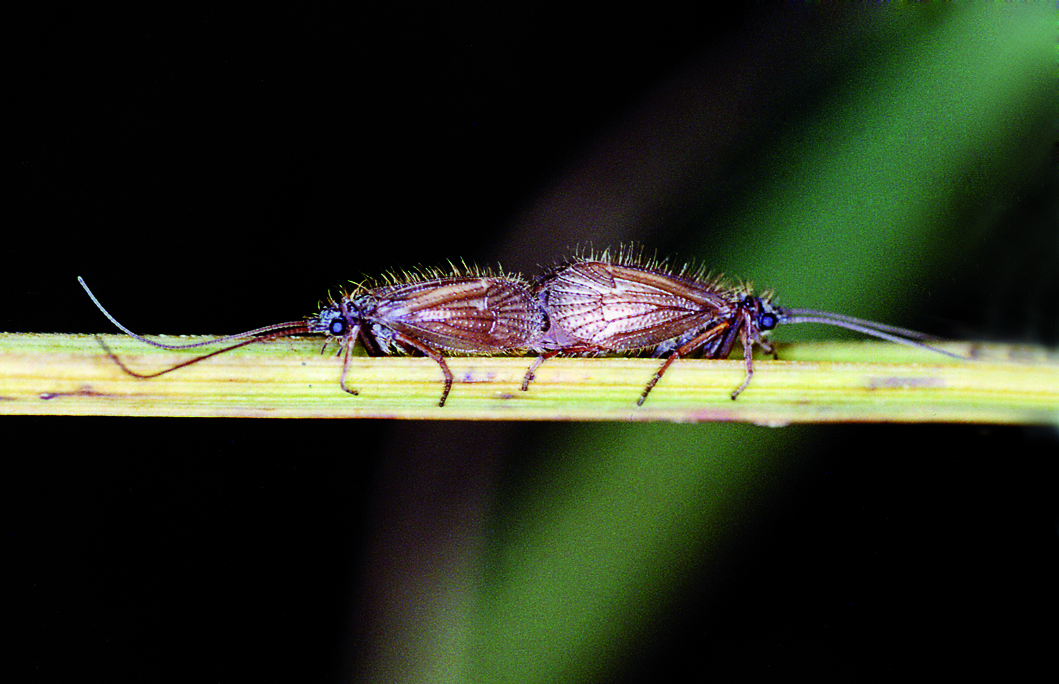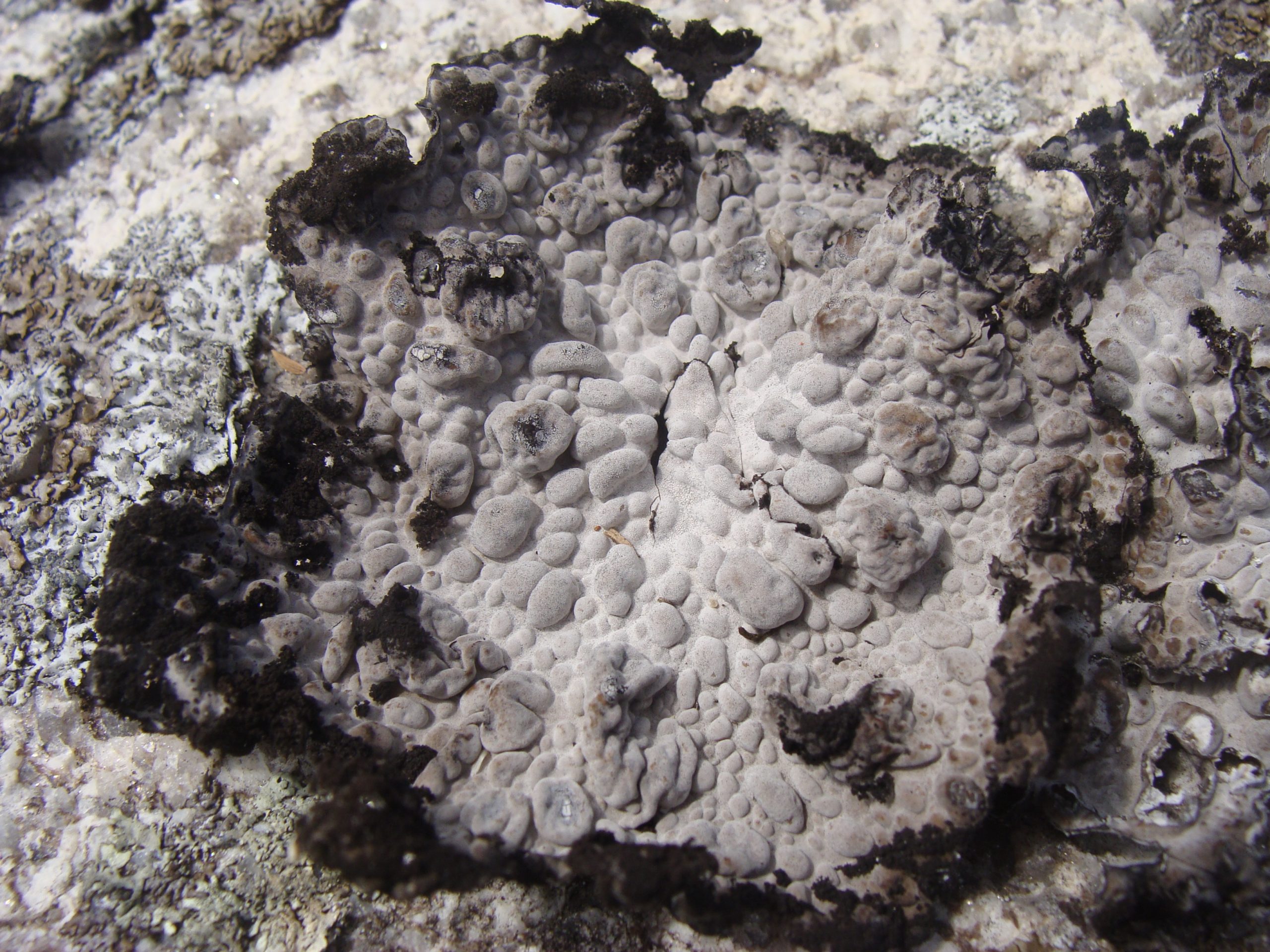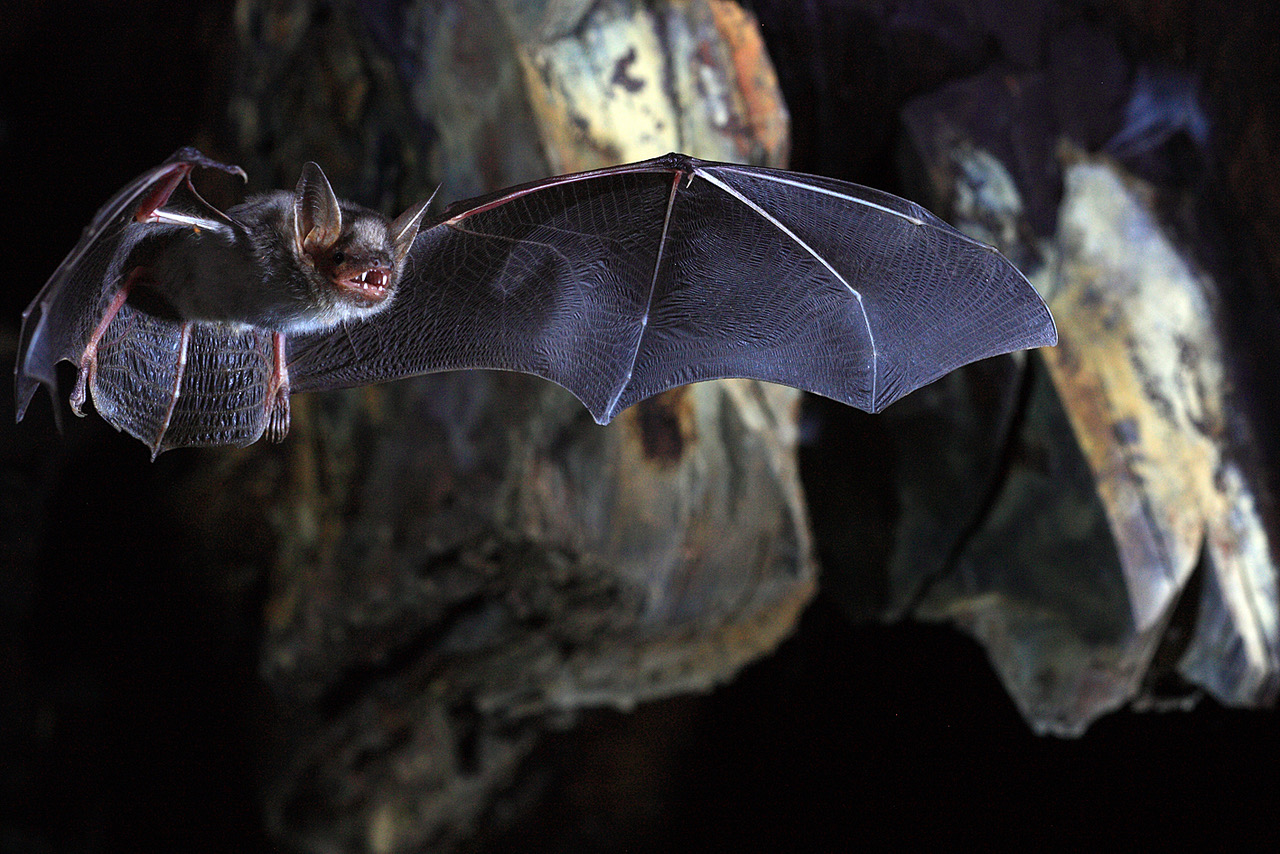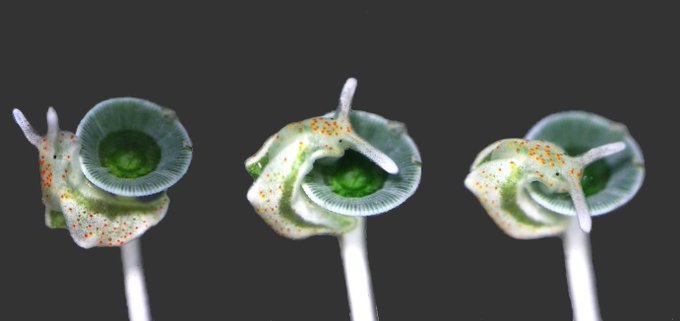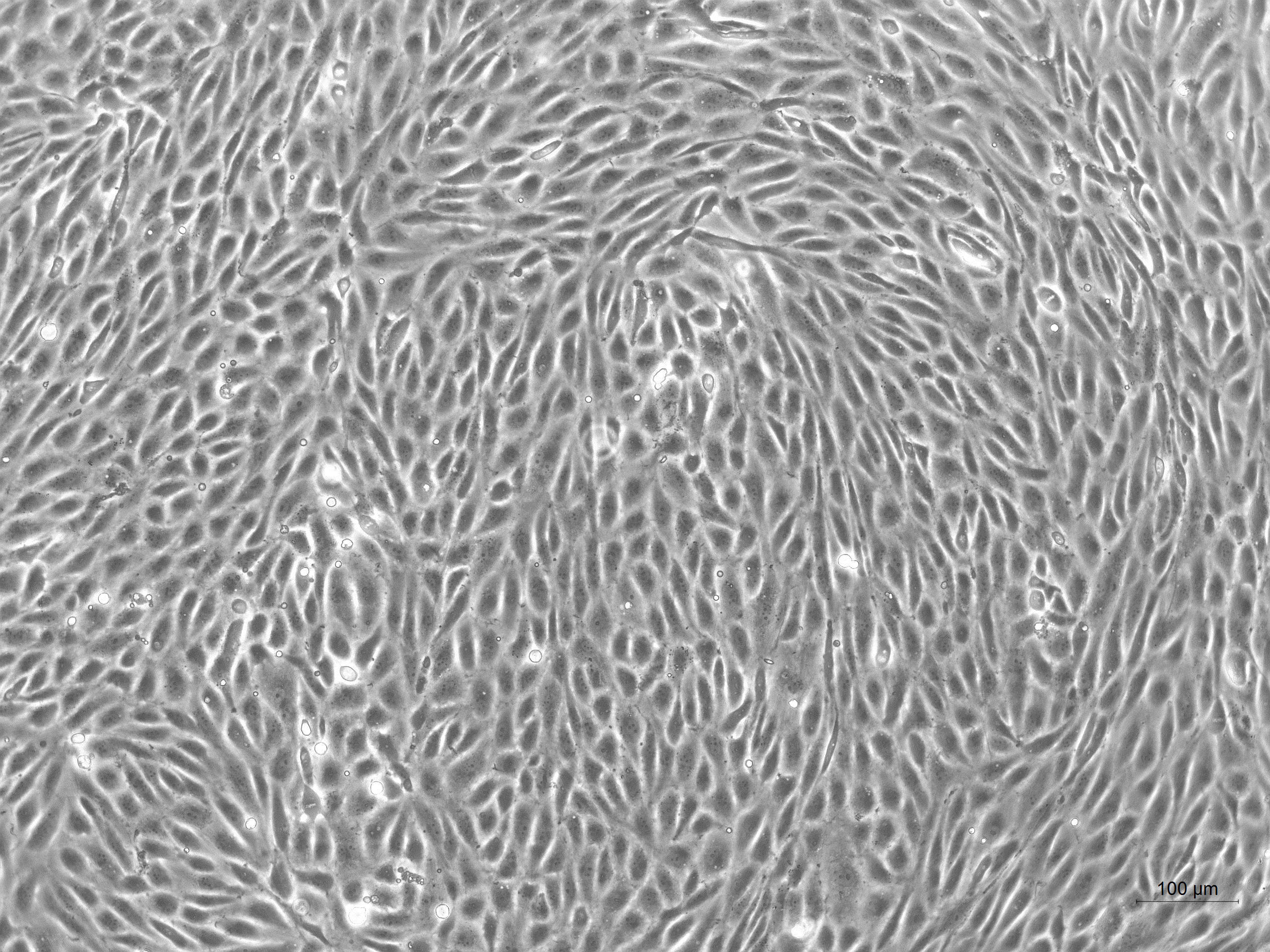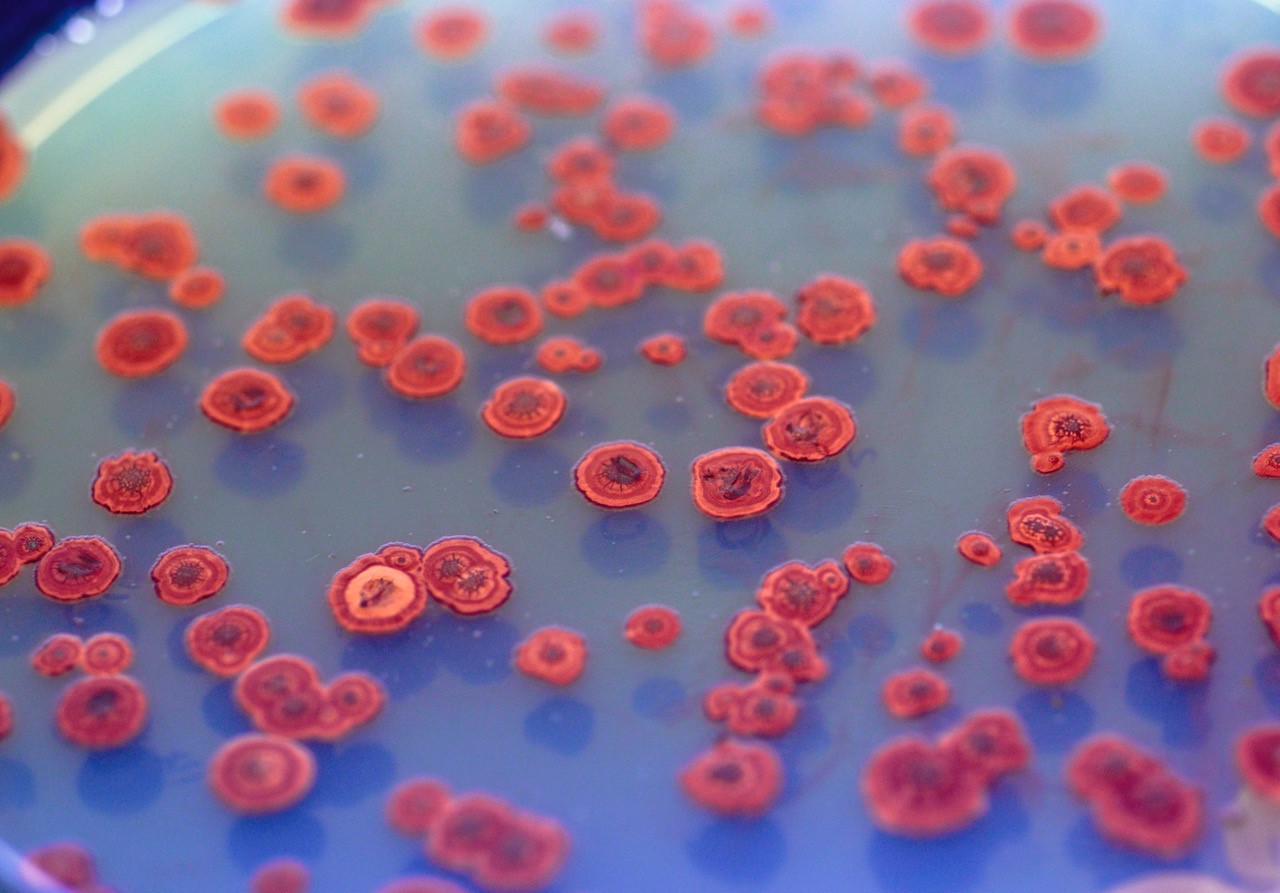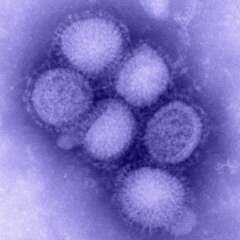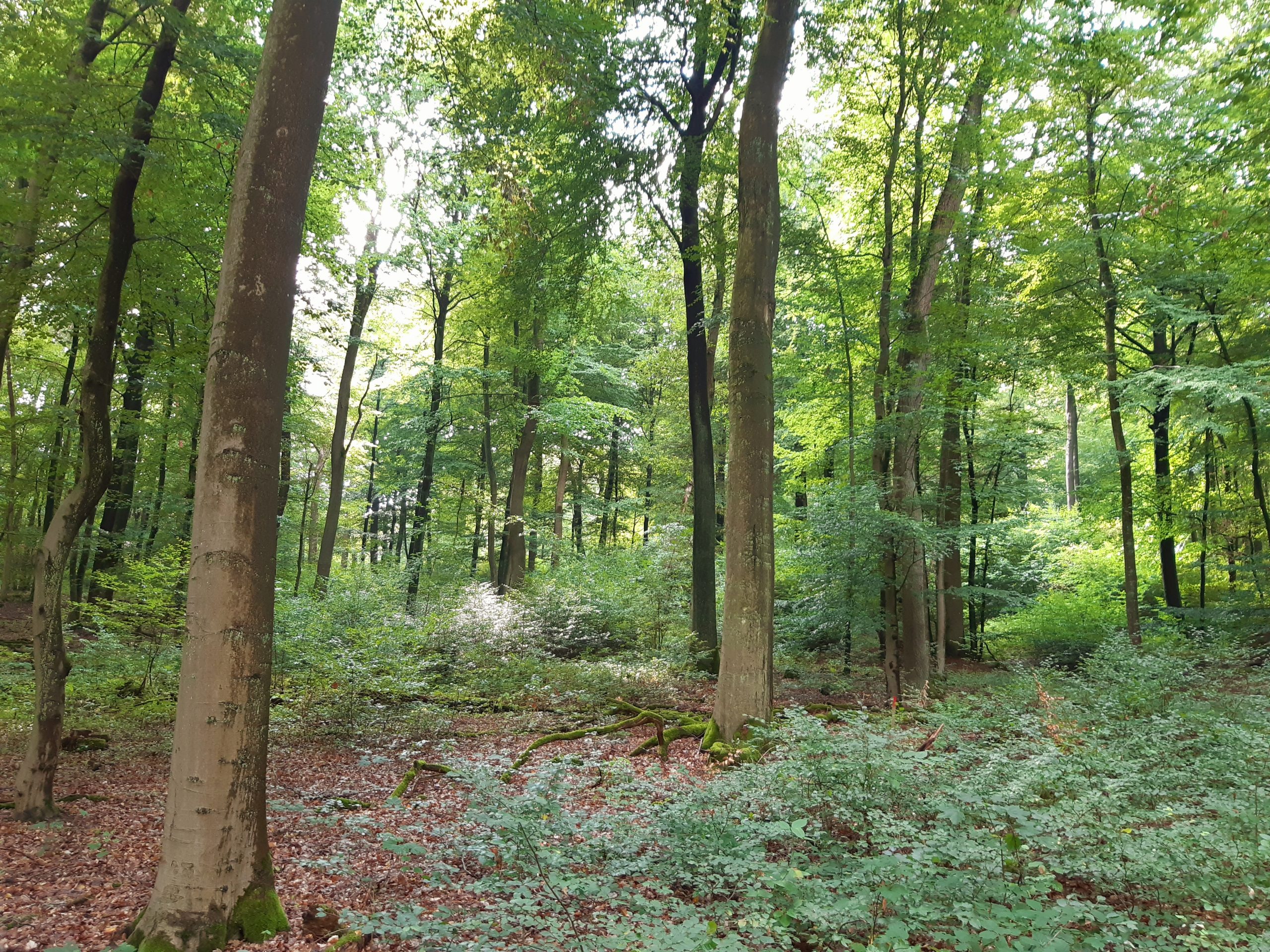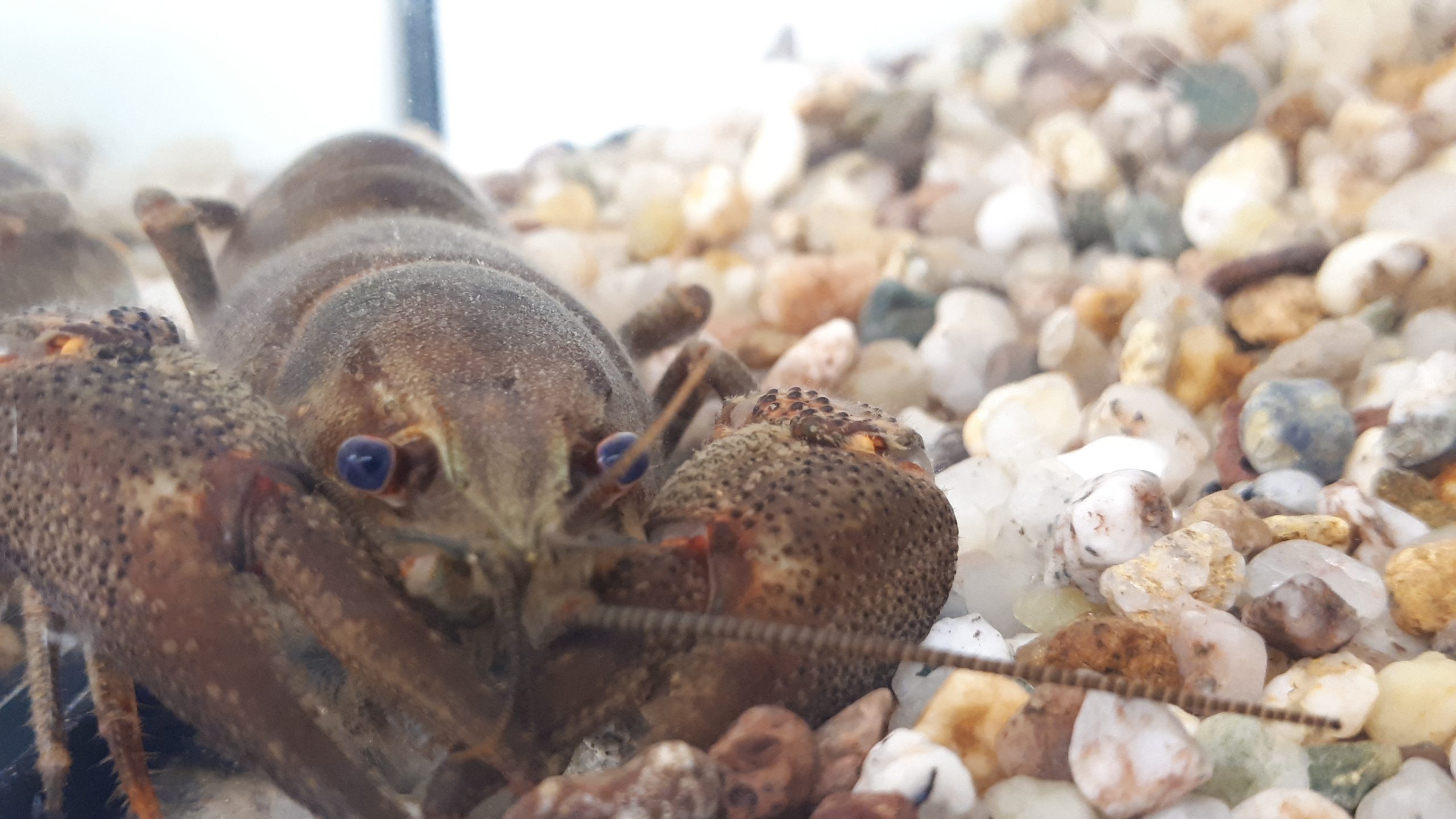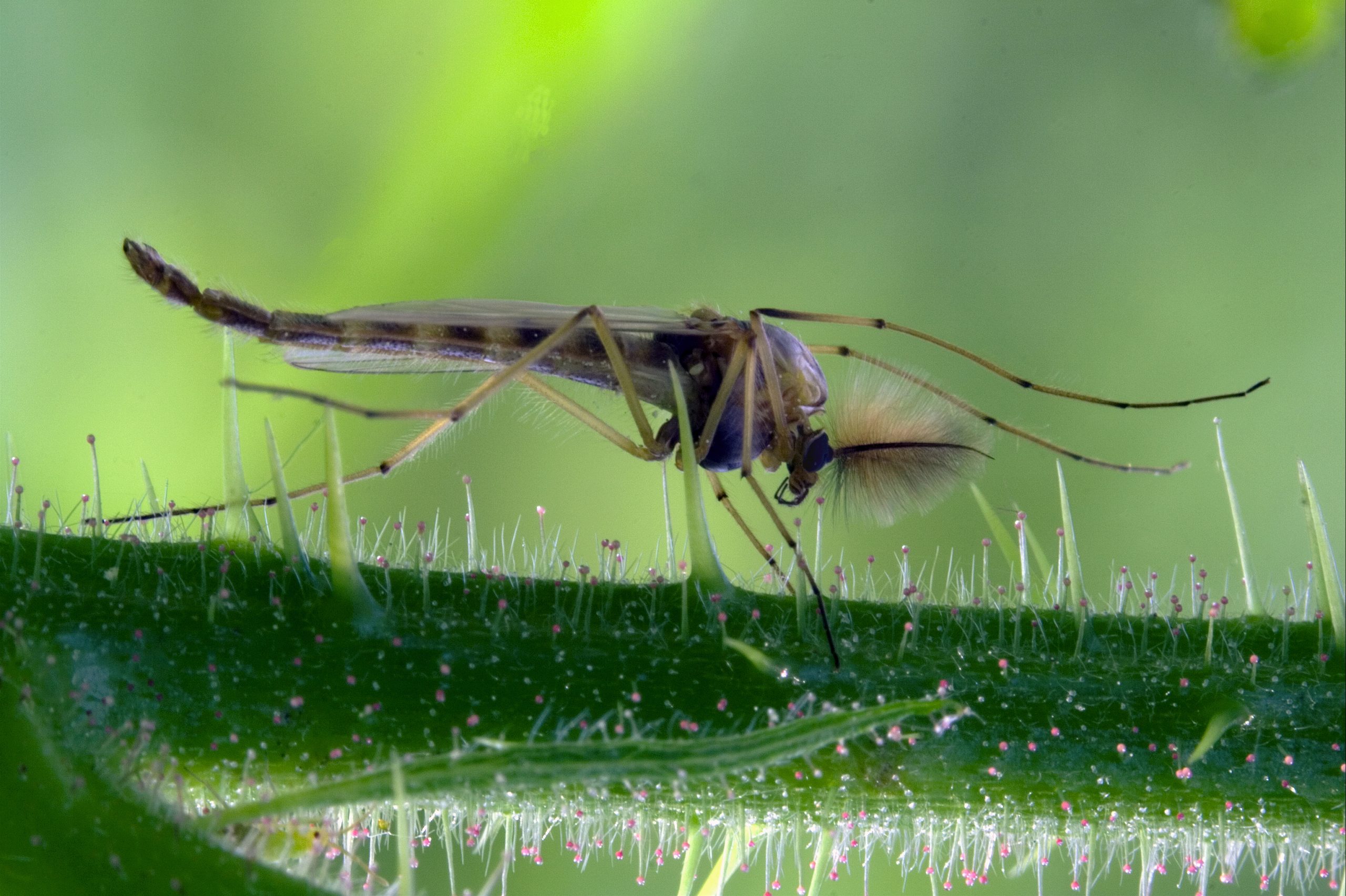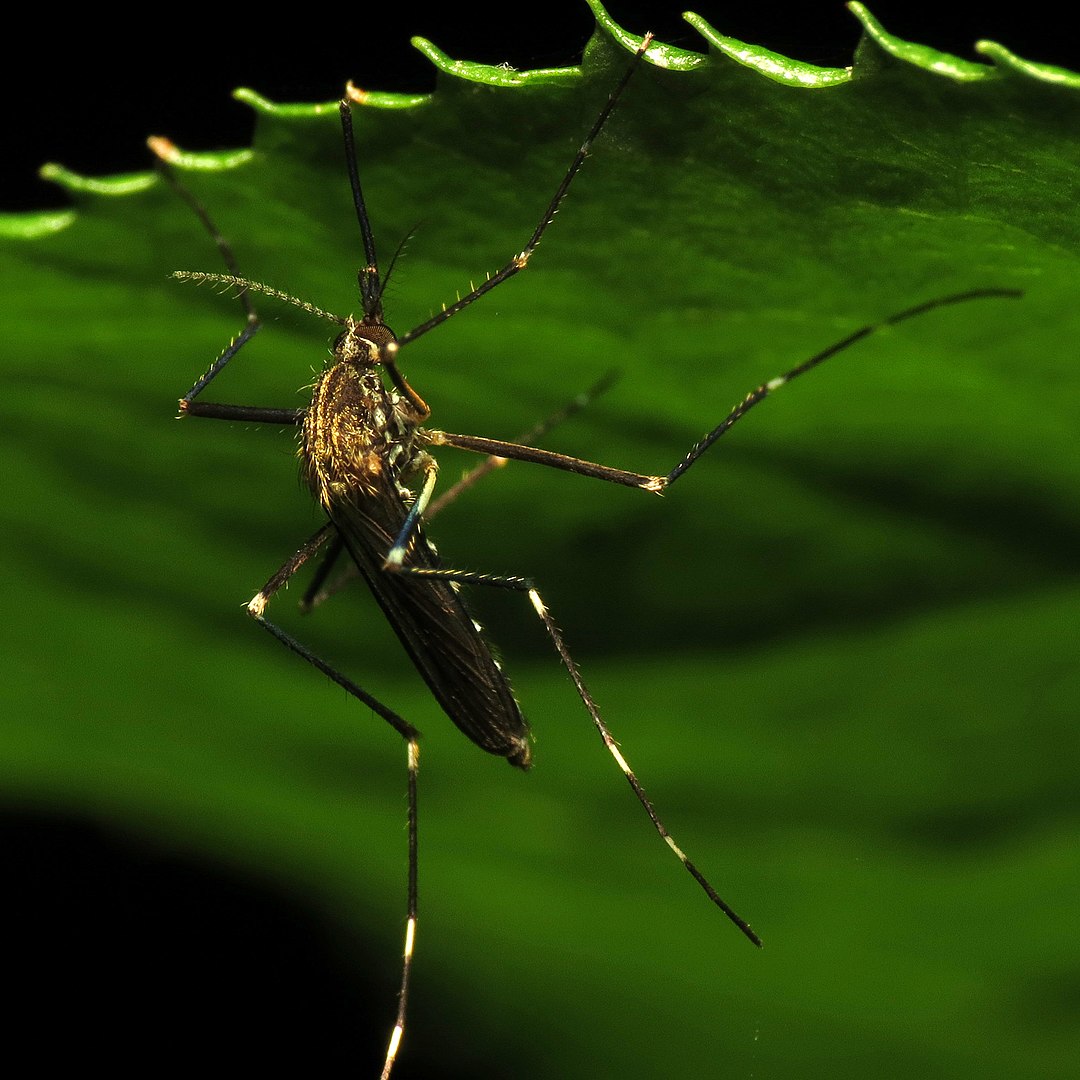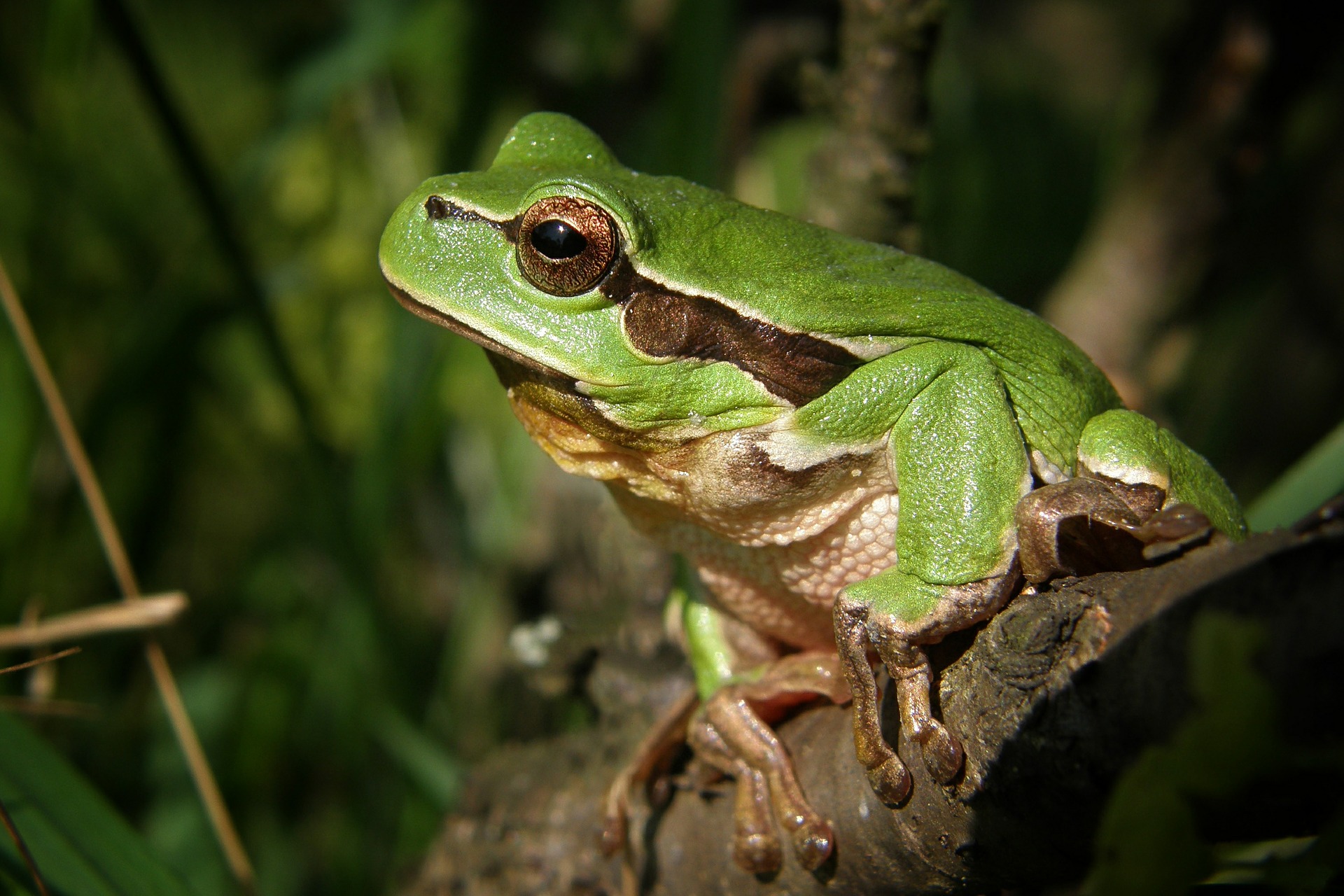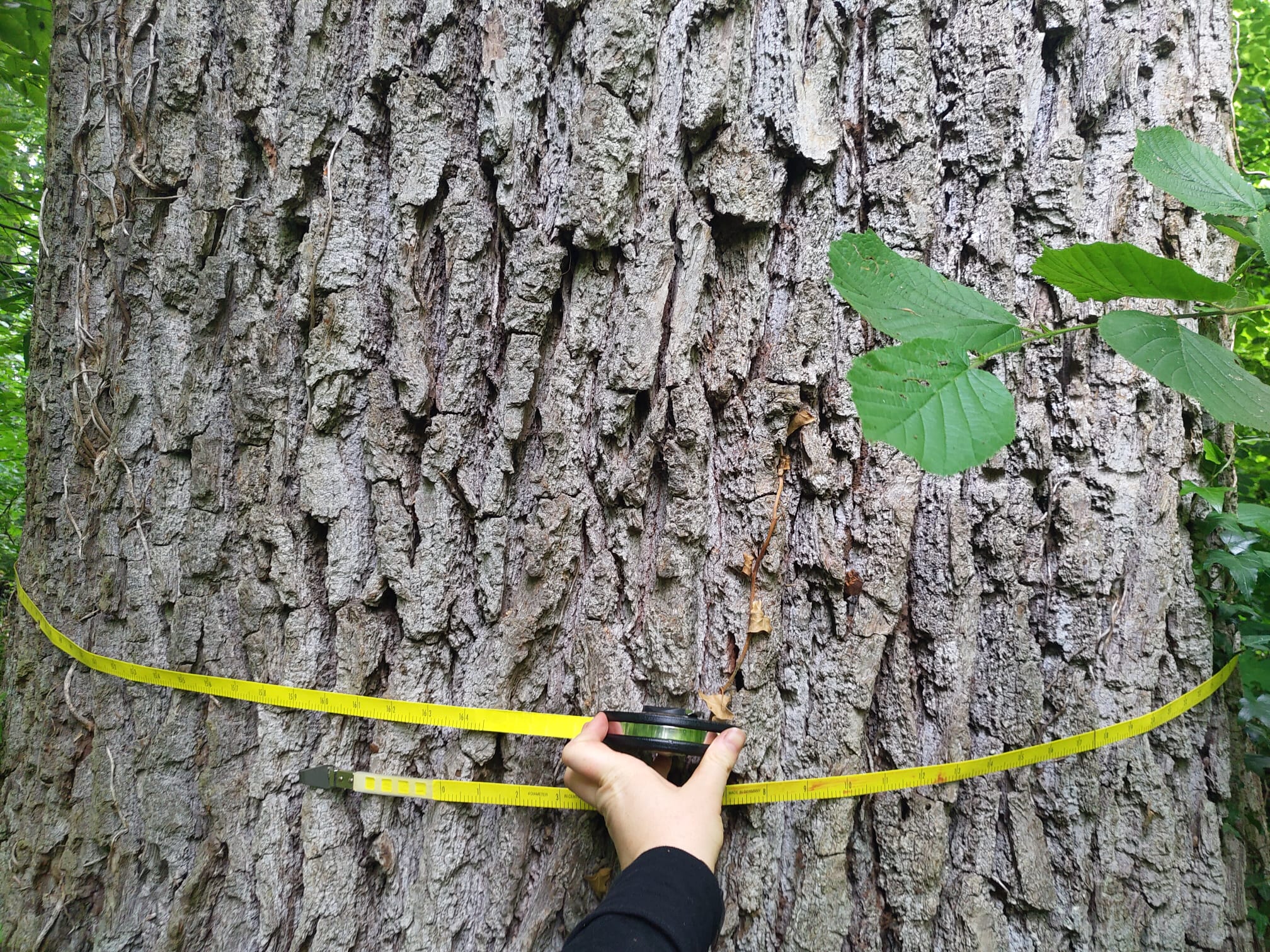TBG research projects
Genomic biodiversity research at the LOEWE Centre TBG is divided into four research areas and several subprojects each:
The diversity of organismic life has its origin in the differences between the genomes of species and individuals. The Comparative Genomics project area lays the foundations for:
– a functional understanding of the relationship between genotype and phenotype by analyzing and comparing a taxonomically broad selection of species
– a deeper understanding of the basis and origin of biodiversity and divergence under genetic exchange, which also has an impact on conservation efforts
– uncovering the genomic structure that is shaped by repetitive and mobile genetic elements
– analyzing the evolution and function of species interaction networks at the genomic level

Natural Products Genomics
The Natural Products Genomics project area focuses on natural products in mutualistic and parasitic systems as well as on toxins in poisonous animals that can have application potential. In silico analyses of genomes and transcriptomes are used to identify biosynthetic genes or gene clusters relevant for the production of natural products or toxins.

Functional Environmental Genomics
Environmental change affects both the molecular composition of organisms and their communities, and their functions in ecosystems. The goal of the project area Functional Environmental Genomics is to use genomic and metagenomic methods to detect functional changes, causally link them to anthropogenic impacts, and assess their potentials in routine environmental monitoring.

Genomic Biomonitoring
The project area Genomic Biomonitoring serves the development and expansion of application-oriented genomic detection systems that are used in nature conservation and environmental monitoring. The focus is on the use of extracellular DNA from environmental samples (eDNA, also called environmental DNA), which is quantitatively detected by genomic chips.


